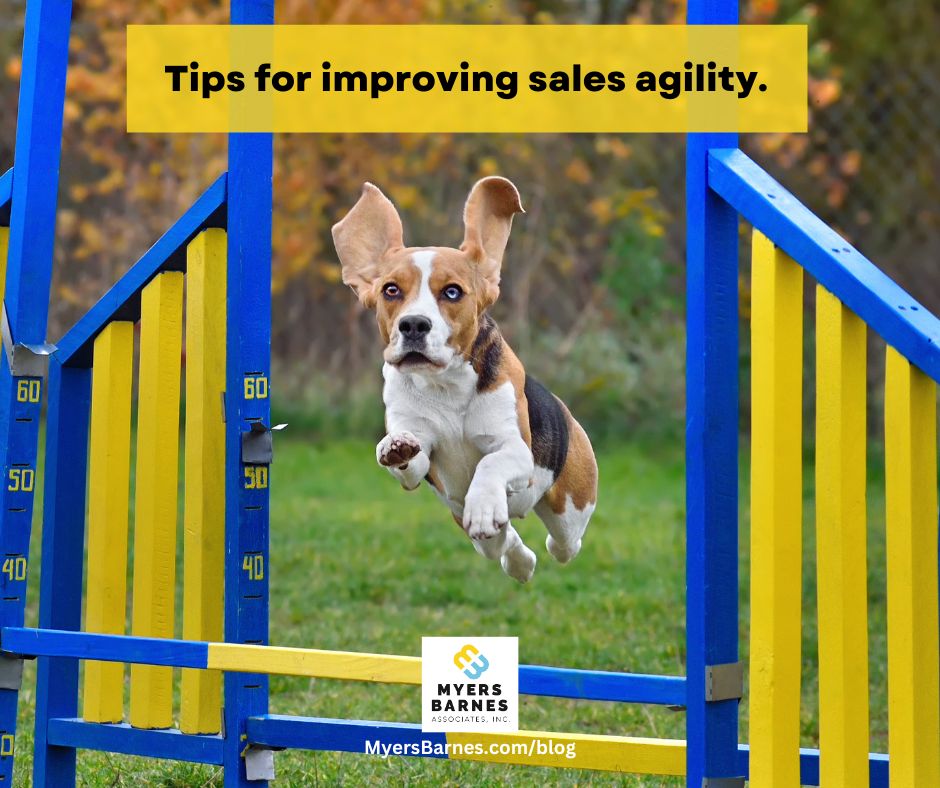The undeniable truth is that most home or homesite sales occur as a result of multiple contacts.
Follow up is not an effort to negate the fact that many prospects will choose to own on their first visit. And certainly follow up is not an exercise to diminish the results of those salespeople and communities that achieve a high ratio of first-time buying decision. It’s just important to understand that the nature of our business requires multiple calls, and most sales are completed on return visits to the community.
Strategy #1: Building a Business Relationship
Because purchasing a new home or homesite is long-lasting, the relationship will be long-term. Initially, the relationship is far more significant than the home or home site. Since customers view products and services as commodities available from any source, they always have the ability to choose between competing builders and developers. Therefore, before they decide where to buy, they are going to decide from whom to buy. The salesperson they most trust will be the one they select.
Strategy #2: The Responsibility of the Appointment is Yours
Have you ever said these seven deadly words to a potential customer?
"Come back any time. I’m always here."
Do you realize how you have destroyed your chance for a sale? Tell somebody to "come back anytime" and you deplete every ounce of urgency you may have created. But more importantly, you have just informed the prospect that you are a nonprofessional who sits around all day with nothing better to do than wish and hope for business to come your way.
Whether by phone or in person, if your prospects refuse an appointment, they are telling you they are not seriously interested at this time. Or, if a second or third follow-up appointment is necessary, but they are unwilling to commit, they are, by their lack of commitment, telling you their true priorities. If there is a valid reason and you have a qualified buyer with interest, they will always be open and receptive to additional callbacks and appointments.
Strategy #3: Withholding Information by a Controlled Release
Surveys show that only a handful of prospects will come back to your sales center and model homes on their own. The psychology and strategy of the follow-up is that your prospect must have a reason to comeback or call back, and the salesperson must have a reason to call and invite back.
Though all your product information is designed to intrigue a potential customer, the worst mistake you can make is to mail or hand deliver a blizzard of information, including every brochure, floor plan and data sheet you can cram into a folder.
In new home and neighborhood sales, there will always be a request for information and, with it, the probability of continuing appointments. The request for information is the perfect reason for another appointment or call.
If you give all your product information — price sheets, terms, availability, floor plans and renderings — on the first visit, they do not need to see you again. Also, they will use your information to compare your community and homes with the competition’s and possibility cross you off the list.
Strategy #4: Follow-Up and the Telephone
The primary disadvantage of the telephone is that you are limited because your voice is the only vehicle carrying your message. Therefore, before attempting your phone conversation, remember that your voice will have to substitute for a firm handshake, your stylish clothing, your friendly smile and other clues visible in face-to-face selling. As a matter of fact, when utilizing the phone, research shows that when people can’t see you, your vocal quality, your tonality and delivery account for 80 percent of the believability you have.
Strategy #5: The Mail Follow-Up Campaign
It is essential in a productive follow-up campaign that your prospects see and hear your name countless times. Your purpose is to build top-of-the-mind awareness. In advertising, this is called a "saturation campaign" because an area is being flooded with one message.
There is one grave danger with letters as a follow up. Most people read their mail by their wastebasket. Think carefully for just a moment about how you read your personal mail. Is a trash can nearby? Don’t you normally scan your mail and quickly determine what you are going to open first? Many letters or packages that are addressed with computer labels and then stamped with a postage meter are thrown into the wastebasket without ever being opened because they are perceived as "junk mail."
Strategy # 6: Follow-Up and the Internet
The days of going out with a real estate agent and spending valuable time driving around are quickly diminishing. The website is now beginning to replace the personal visit and the Internet helps you stay in touch with your prospects and customers vial email.
A good web campaign delivers the same things virtually, that the buyer can actually get by walking into your model home center. Your website an immediately replace the meet and greet portion of a personal visit, and says to the informed shopper: "Let’s talk about the area." Here’s where the neighborhood is. Here’s the school district and school stats. Here are the nature trails and fitness center. This is your driving times and routes to work. Basically, here is all the information you need to decide if the area and our housing designs are for you.
The Internet is a powerful way for consumers to literally shop the entire world for a new home. However, gathering information is just the beginning of the home buying process, and this is where you come in. In a sense you will become an information handler. You will display information for their use on your web site. You will sift through the information they have gathered and brought to you. And you will condense and redistribute so that it applies to their unique set of circumstances.
Expertise is the core value you bring to a good follow-up sales campaign. Although prospects can do a good portion of their shopping online and get details about home loans, for now they still need and expect your participation in the sales process.
Strategy #7: Ranking Prospects
All prospects are not created equal. Prospects will be ranked by their motivation to purchase in direct correlation to their time frame to purchase. A simple way to do this is to rank your potential customers by the A, B, C method:
An "A" prospect is hot! These prospects are qualified, and have a genuine interest and the need to own. They also have the financial resources and the authority to render a decision. "A" sales leads are those who will own within 30 days.
"B" prospects are warm and are those who will own within 60 days. They are interested, but are not in a position to own because of a condition. Remember, a condition states that one of the areas of qualification cannot be immediately met. Perhaps finances are not available until a later date, or a presentation to all pertinent decision-makers is set for the future. Whatever the condition, you want to initiate a regular follow-up program.
A "C" sales lead is neither hot nor warm. "C" sales leads are normally 90 days to one year away from owning. Periodic contact is all that is necessary to keep your name fresh in their minds should their conditions change.
Strategy #8: The Key to Follow Up is Organization, Routine and Habit
Your potential customers are also another salesperson’s prospects. Therefore, persistence and consistency in contacting your prospects will build trust and a meaningful business relationship. The moment you stop calling or writing is the moment they may become involved with another salesperson.
Strategy #9: Follow Through on Your Promises
Whatever you promise, you must deliver. Sometimes in the exuberance of a sales presentation, we make promises with the best of intentions. We may judge ourselves by our intentions, but our prospects and customers judge us by our actions. The proverb — "Actions speak louder than words" is true. Another one states, "What you’re doing is so loud I can’t hear what you’re saying." Your credibility is established or lost based on your performance, not on your good intentions, or what you say you will do.
Remember, the purpose of follow us is to build trust, establish a business relationship and maintain the momentum until a transaction is complete. So, in pursuing your prospect, don’t make excuses, make good!


